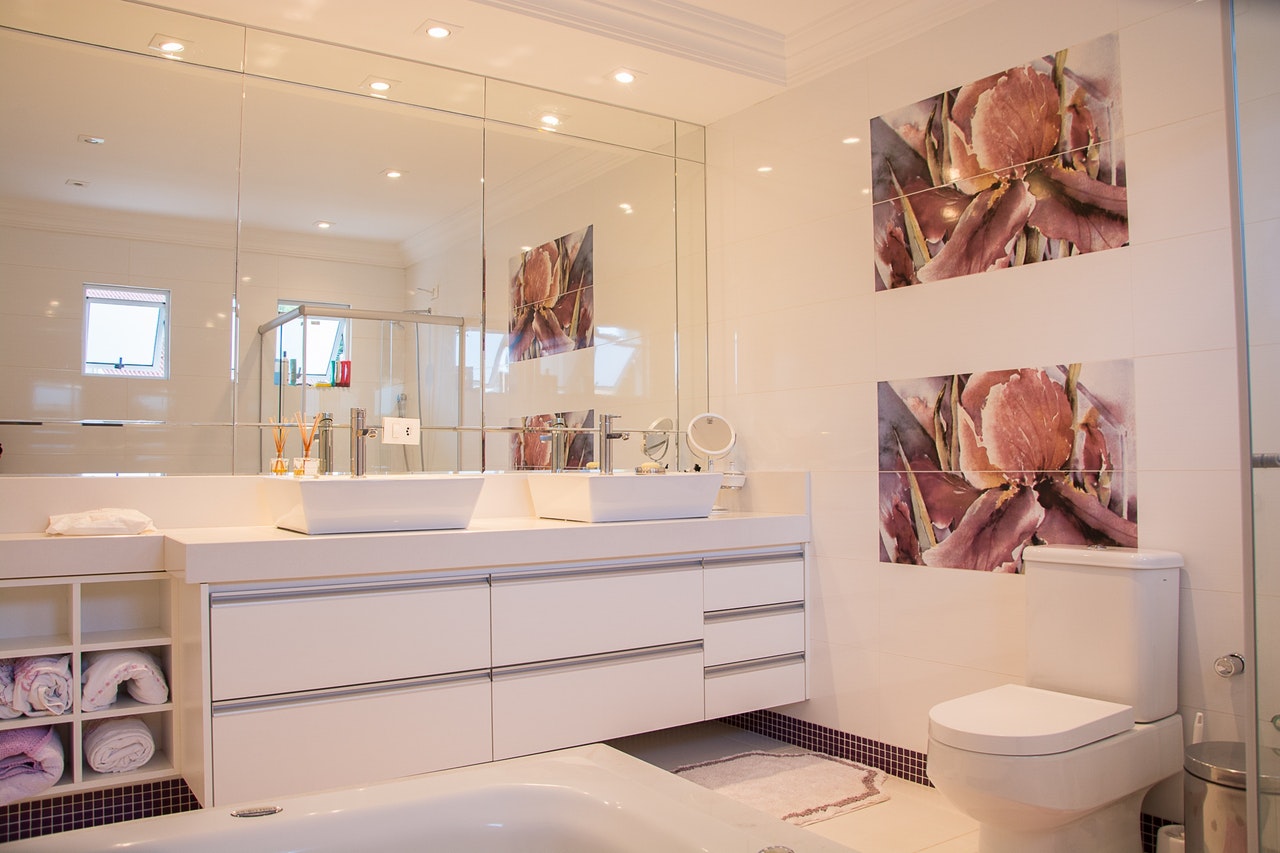The Art of Toilets
Ever since 1917 when Marcel Duchamp turned into a urinal upside down, signed it with the fake name “R. Mutt” and called it art, bathrooms (and toilet seats) have had a special relationship with the art world. Just think, you do not need to worry about anything going wrong with your toilet, such as having a plumbing emergency, instead, you get art. An example of this is Willem de Kooning’s painting on a used toilet seat, or perhaps Jonathan Hartshorn, who put a number of his drawings in a toilet at MoMA and then had photographed them for a performance artistic piece called “Down to Nature.”
 However, the New York-based Art Museum Toilet Museum of Art (yes, that is a palindromic mouthful) has assembled a collection of photographs of toilets, baths, and urinals from fine art museums across the world, and is currently inviting submissions from audiences. In case you were wondering, the “museum” exists only online, and its own website gently pokes fun at the Metropolitan Museum of Art, brazenly integrating the Met’s famous “M” logo and the layout and appearance of the Met’s Web site. The art museums have demonstrated an evolution over time, as the toilet becomes modern it often turns more organic in line. The bathrooms now in the museum, are completely organic as they do not need to be flushed and the water does not have to be turned on – no need for gas installations. You touch as little as possible. But, in art terms, there is still something strong and emotive from the images of the urinal and toilet with the many various masterpieces being displayed in the museum.
However, the New York-based Art Museum Toilet Museum of Art (yes, that is a palindromic mouthful) has assembled a collection of photographs of toilets, baths, and urinals from fine art museums across the world, and is currently inviting submissions from audiences. In case you were wondering, the “museum” exists only online, and its own website gently pokes fun at the Metropolitan Museum of Art, brazenly integrating the Met’s famous “M” logo and the layout and appearance of the Met’s Web site. The art museums have demonstrated an evolution over time, as the toilet becomes modern it often turns more organic in line. The bathrooms now in the museum, are completely organic as they do not need to be flushed and the water does not have to be turned on – no need for gas installations. You touch as little as possible. But, in art terms, there is still something strong and emotive from the images of the urinal and toilet with the many various masterpieces being displayed in the museum.
Art and bathrooms have converged a lot over the past twenty years. This past year, Davis & Warshow, an 83-year-old New York retail and wholesale distributor of bathrooms and other things, made a showroom to display its products as artworks in a gallery to be shown. Folks have commissioned custom urinals from musicians for as much as $10,000, and we are expecting the price of some to rise with toilet art becoming popular in many countries around the world. In 2005, the Queens Museum of Art put up an exhibition by Sa’dia Rehman that began a discussion about one of their most private acts, as well as the ways immigrants and their children bring their habits with them. Baths, visual arts, and literature were united a couple of decades back at a gallery exhibition inspired by the work of this author J. D. Salinger. Now, New York City remains one of the largest museums offering funding for bathroom art, despite Los Angeles’s recent effort to catch some of its glory and show off their own.
Some toilets clearly trumped the others in flourish as the New Museum arguably had the spiffiest, spunkiest, and many colourful and trendy bathrooms of the bunch. They have a glowing textile-like floral design in blue and orange. The toilet seats and urinals have intensely coloured sections, from the muted palette of the museum, to the bright and bold; as the museums own description examines it. For the glam setting, we could thank Jerome L. Stern, a retired venture capitalist whose six-figure present to the museum helped the world of art and bathrooms. Thus, the museums four public baths; the first items to be called from the museum’s $50 million capital campaign are christened the Jerome L. and Ellen Stern Restrooms.
As Mr. Stern said at the time of the opening about his present, “I am 83, and I thought it’d be wonderful to see my name in a location where I will devote a whole lot of time.”
